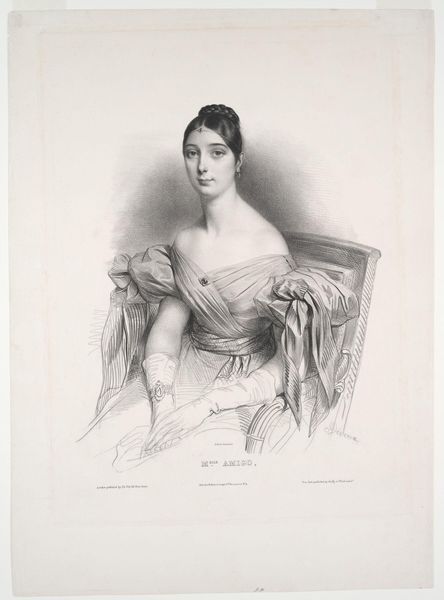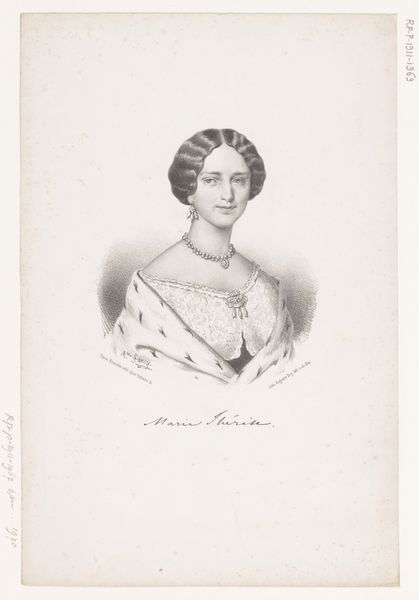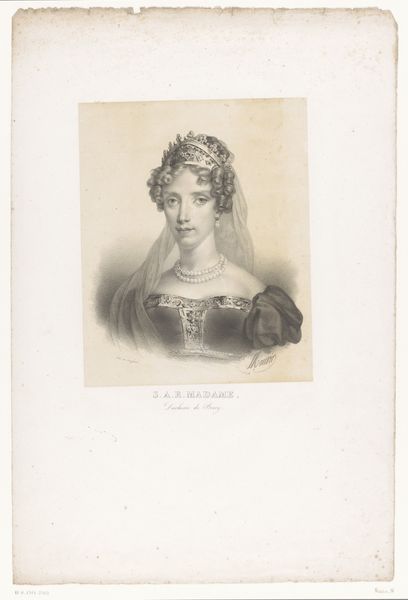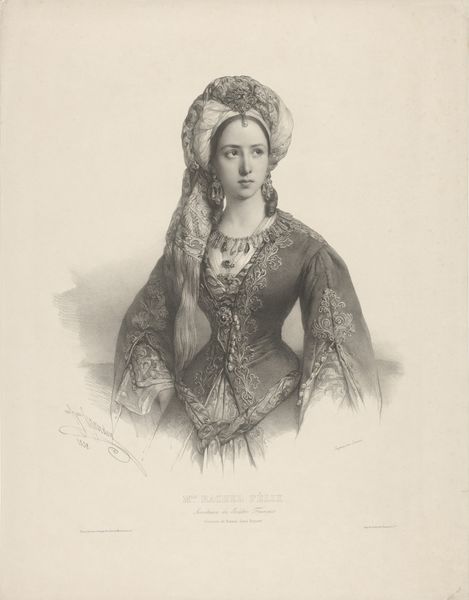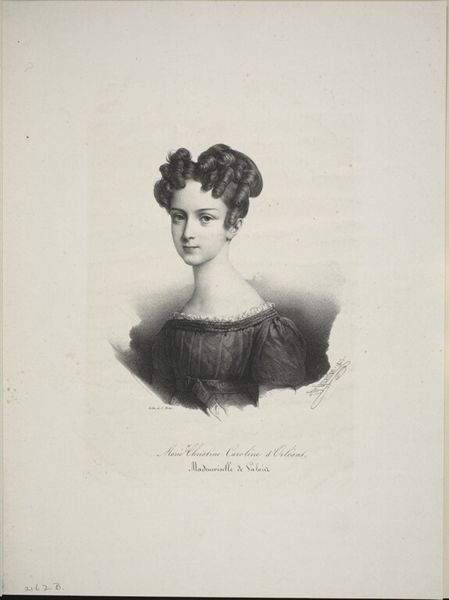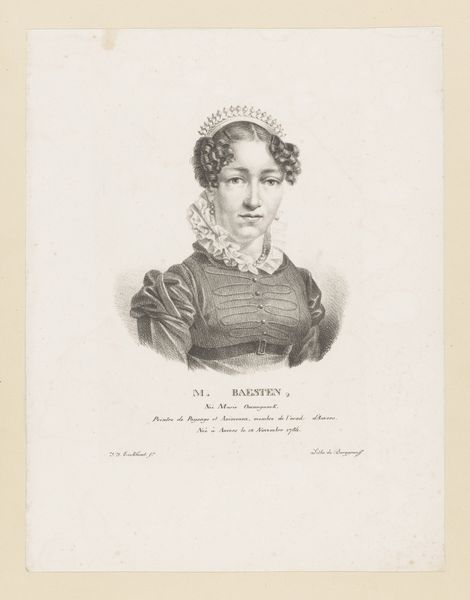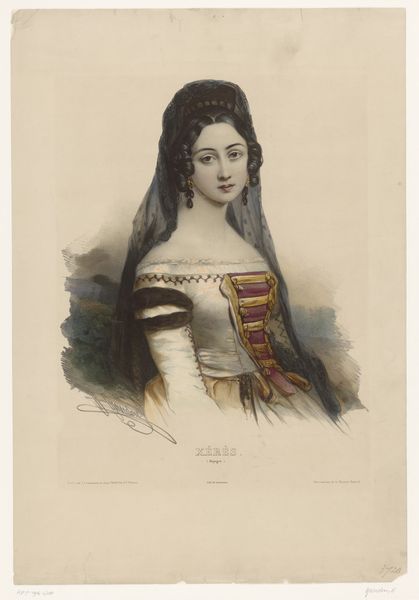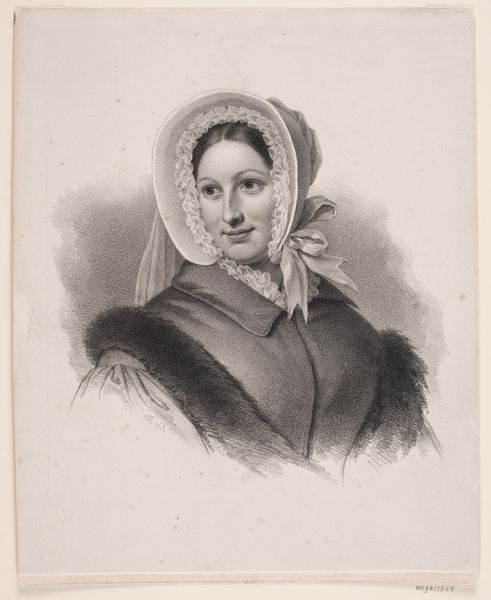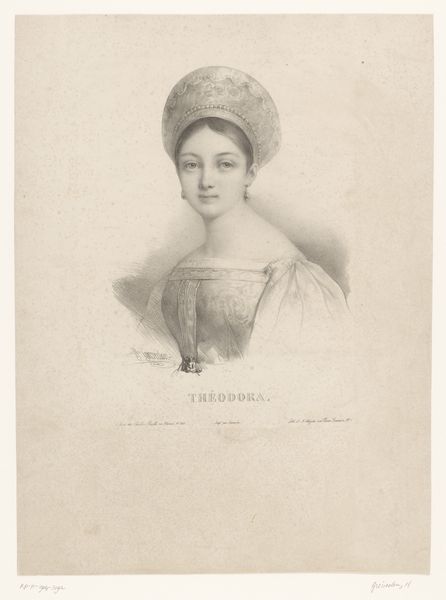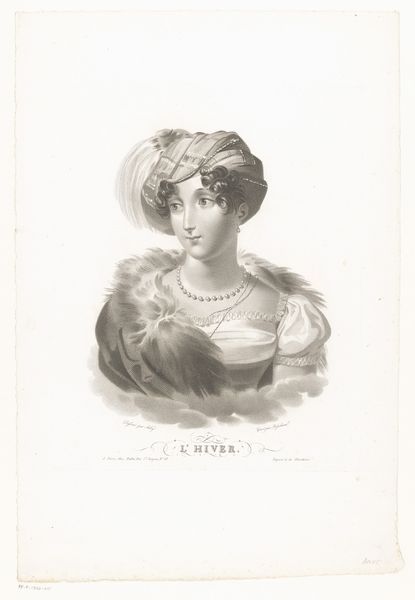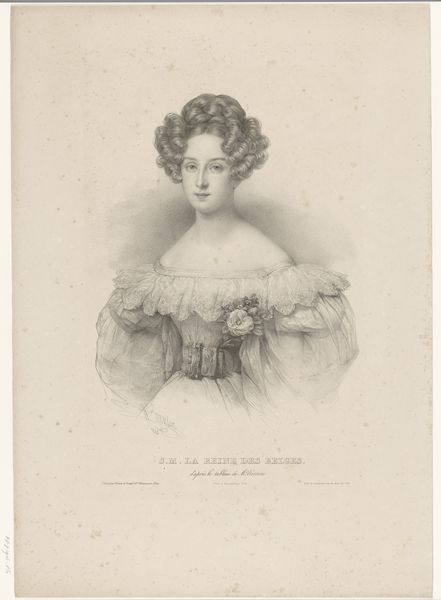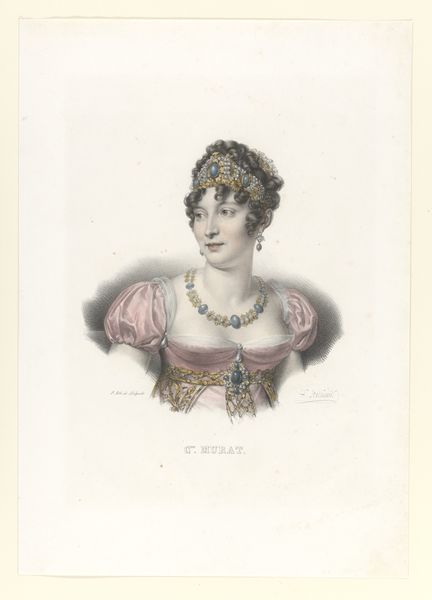
painting, watercolor
#
portrait
#
painting
#
pencil sketch
#
watercolor
#
pencil drawing
#
romanticism
#
portrait drawing
#
watercolour illustration
#
genre-painting
#
academic-art
#
watercolor
Dimensions: height 527 mm, width 368 mm
Copyright: Rijks Museum: Open Domain
Editor: This is "Vrouw in Calabrische dracht," or "Woman in Calabrian Costume," a watercolor painting by Henri Grevedon, made sometime after 1839. I’m immediately struck by how meticulously detailed the woman's clothing is, especially compared to the somewhat hazy background. What story do you think Grevedon is trying to tell here? Curator: A fascinating question. On the surface, it appears to be a simple genre painting, documenting regional dress. But I think we need to dig deeper into the power dynamics at play. Consider this: Grevedon was a French artist capturing the image of an Italian woman. Who is he painting this image *for*? And what assumptions is he making about his audience? Editor: That’s interesting, I hadn't considered the role of the viewer. Do you think there’s a level of romanticizing or perhaps even exoticizing her culture? Curator: Absolutely. There’s a definite possibility of cultural appropriation. These images often circulated amongst European elites, feeding into a colonial gaze that sought to possess and control the "other" through representation. Is she a symbol? A representation of a whole population? And what is left out of this representation? Editor: It’s sobering to realize a seemingly innocent portrait might carry such complex and even problematic undertones. I suppose it makes sense, as the image itself, even divorced from it's context, is incomplete. Curator: Precisely! And recognizing these issues is crucial to understanding the work's impact and its place in art history. Perhaps the true subject is the power dynamics of the time, not just the woman's beautiful dress. Editor: Thank you for offering that lens. I’ll definitely look at other portraits of this period with a more critical eye. Curator: It’s about continually asking: Whose stories are being told, and whose are being left out? Keep pushing those questions.
Comments
No comments
Be the first to comment and join the conversation on the ultimate creative platform.
